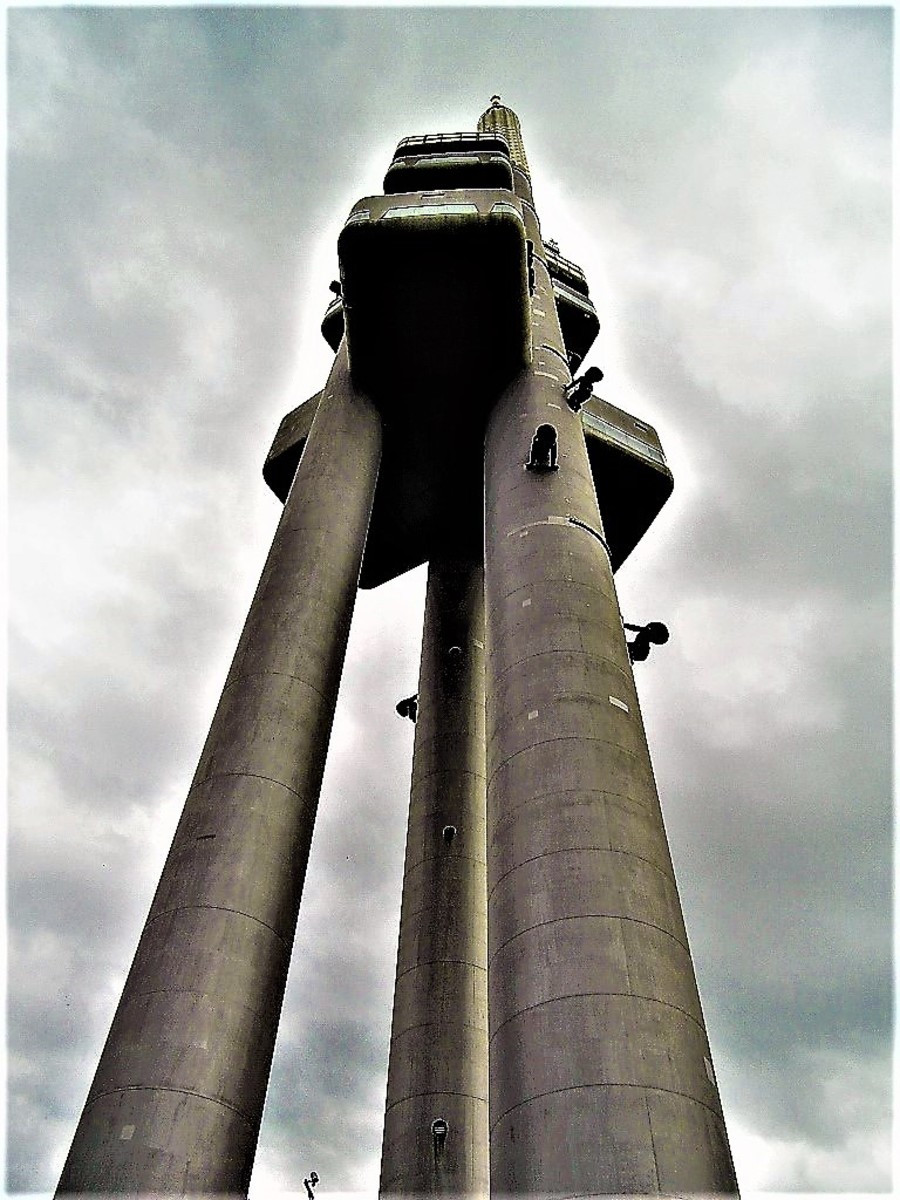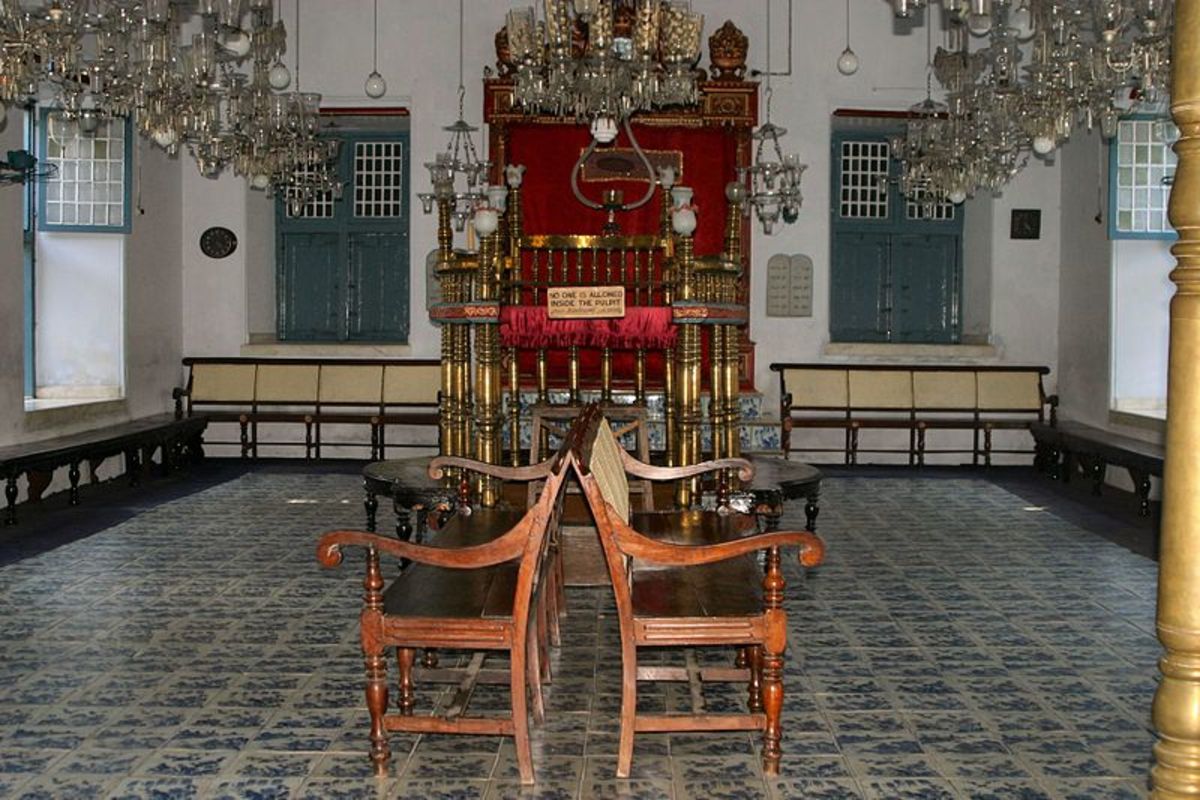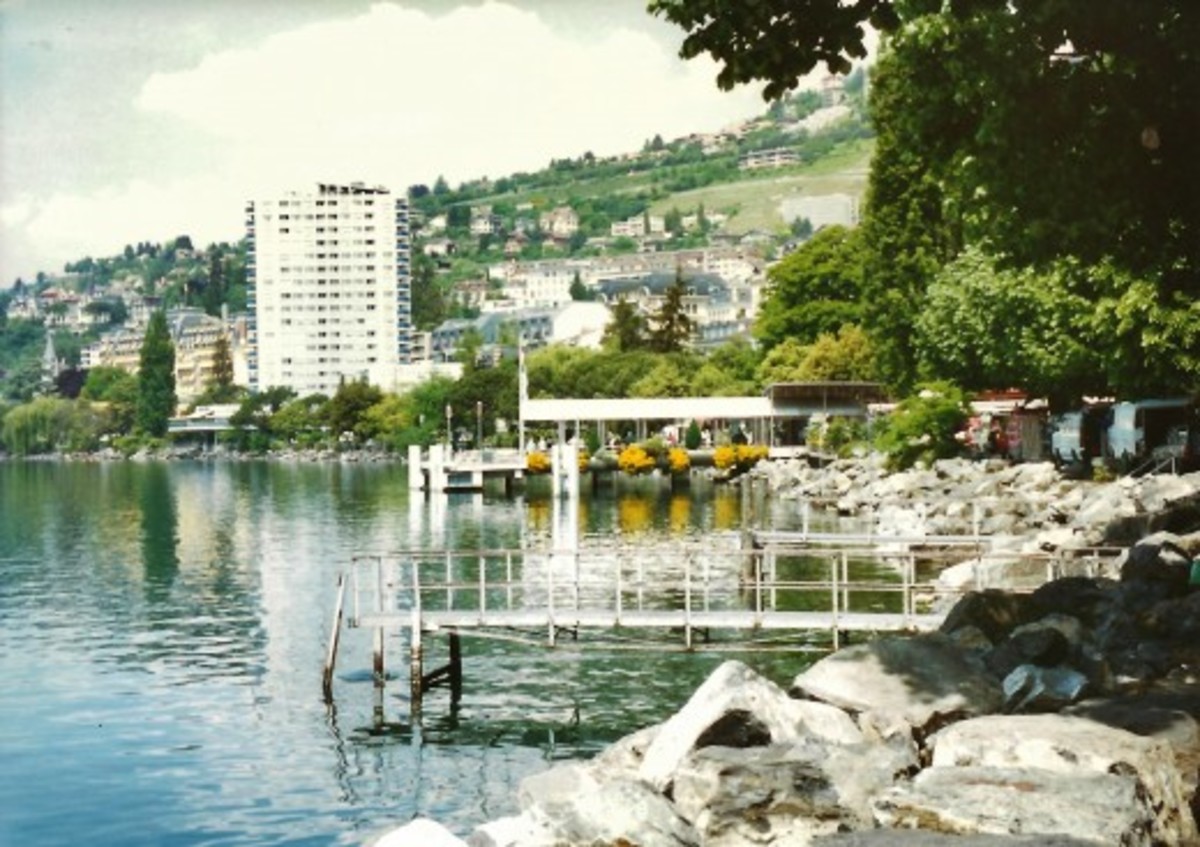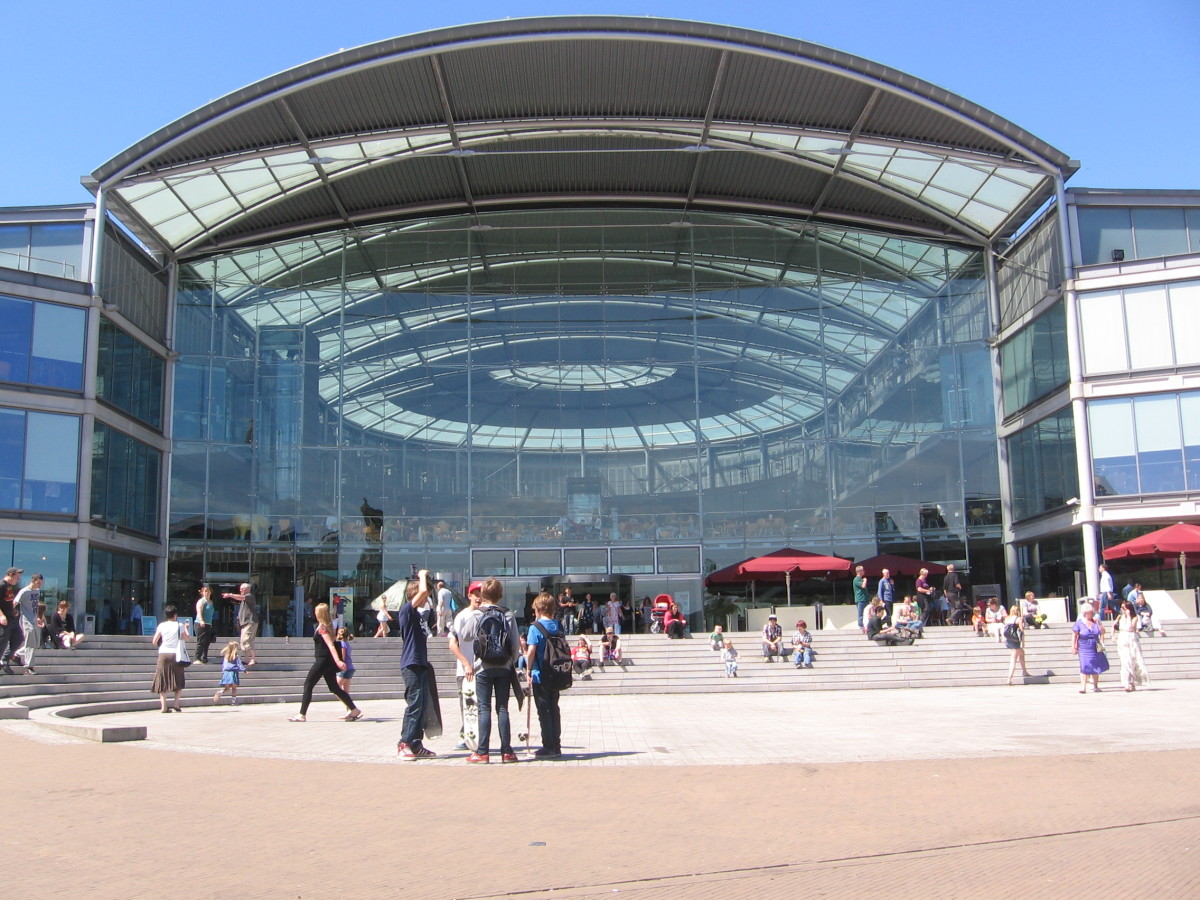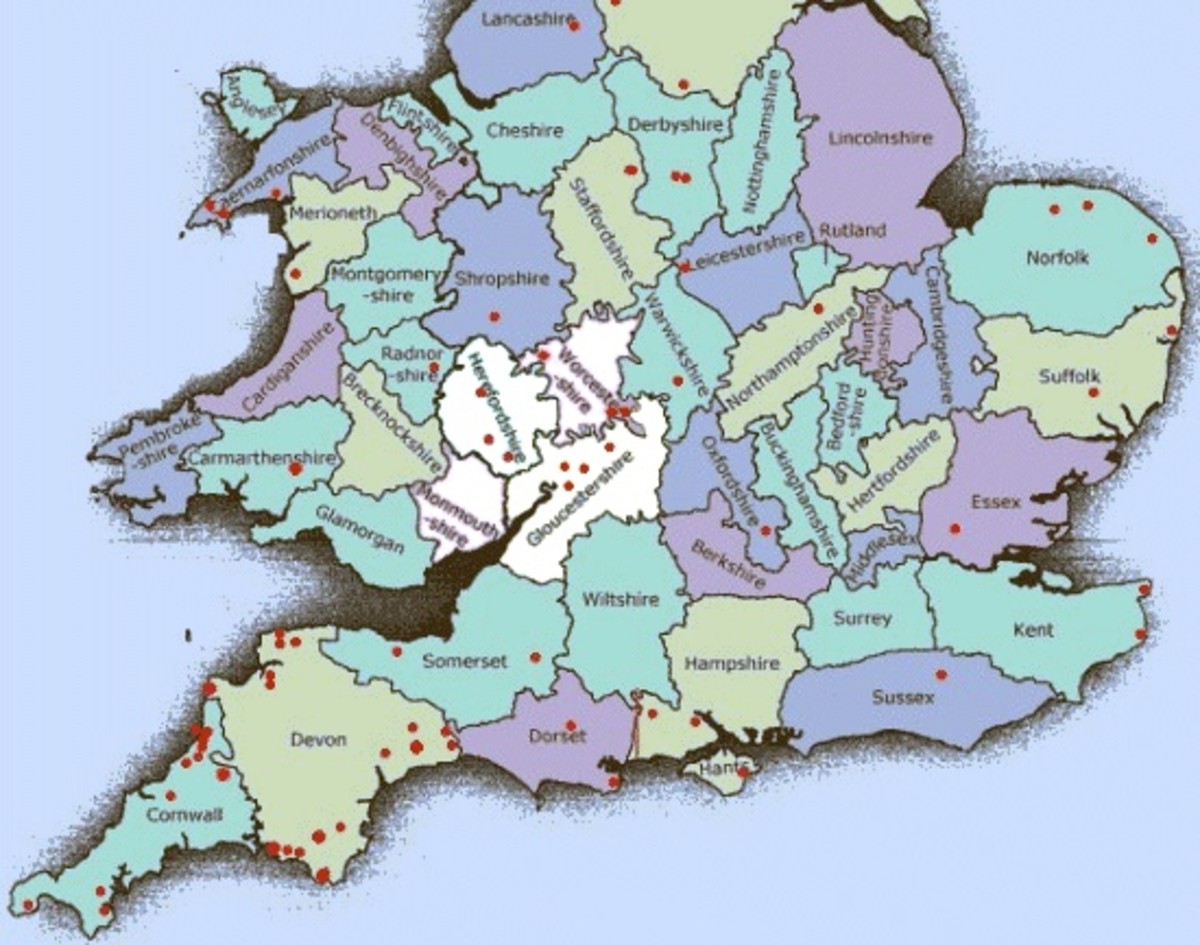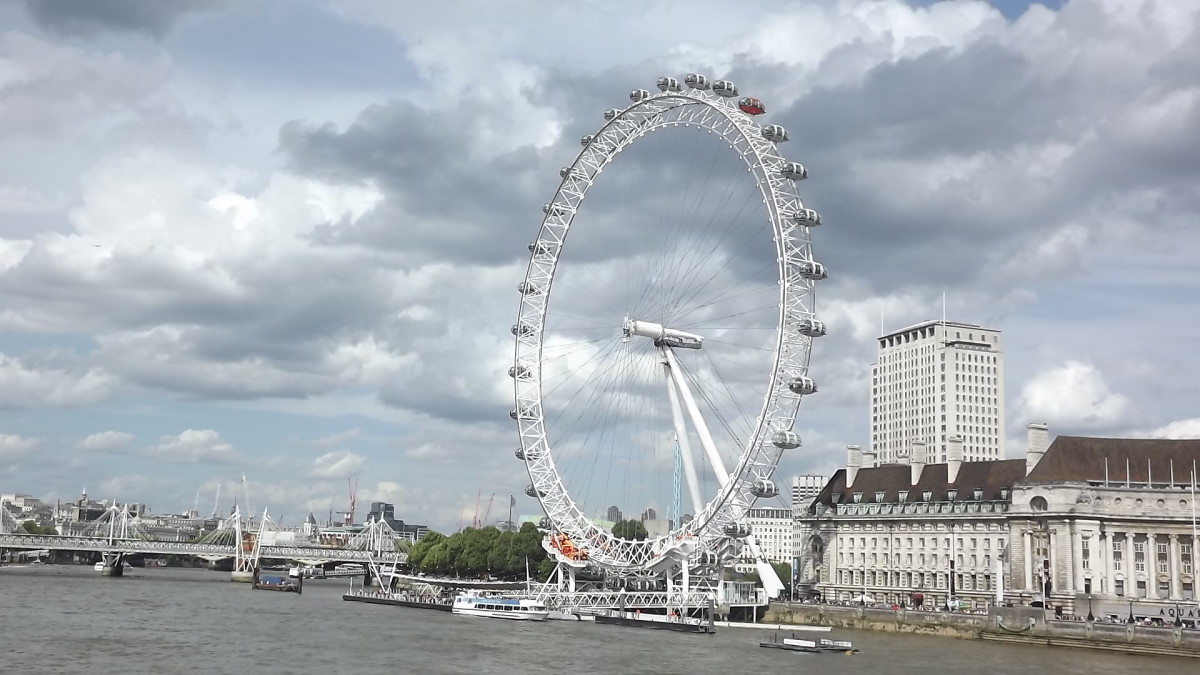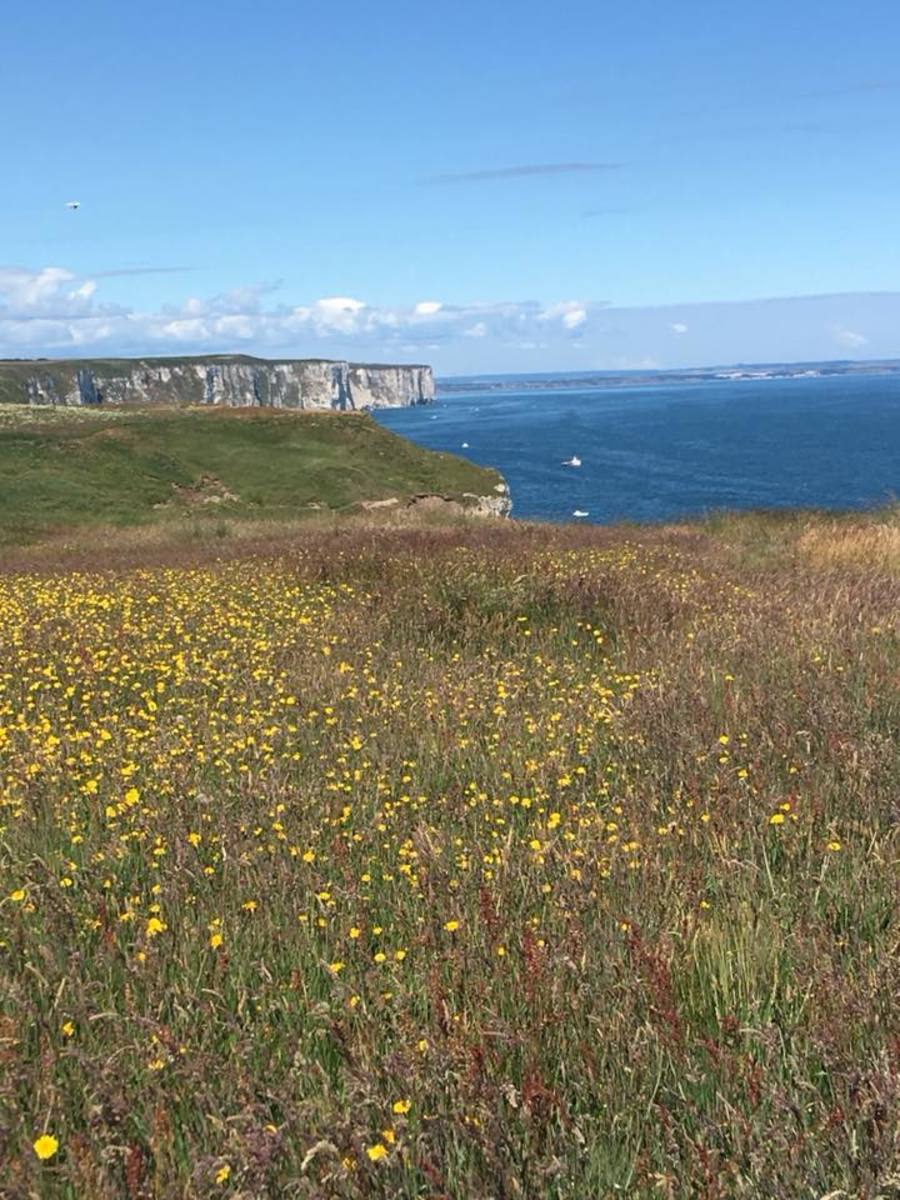Visiting a real Roman fort in England at Burgh Castle, Norfolk: two millennia of stone solidity

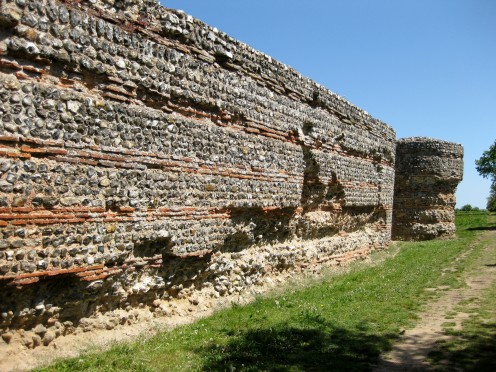
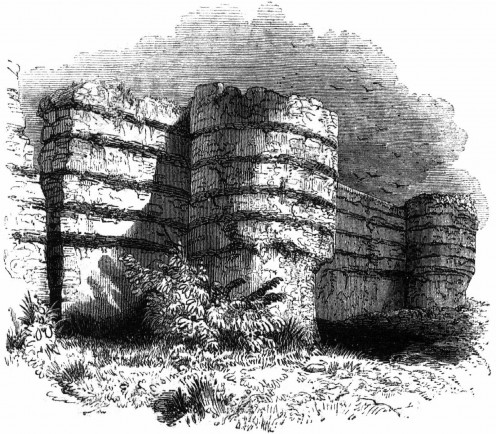
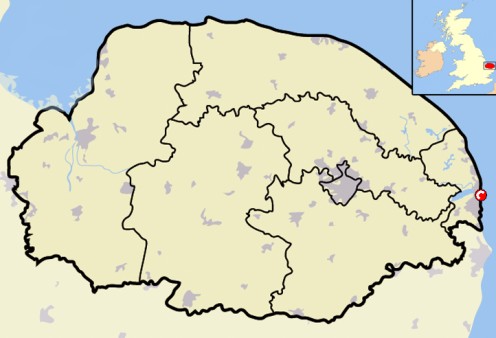
A mind-bending historical span
Travelling in England can confront the visitor with some really striking timescales. One place where such a feeling is very acute is Burgh Castle, a Roman fort measuring approximately 205 metres by 100 metres, a substantial proportion of which is well preserved. Burgh Castle was one of a series of Roman forts built — it is thought — to resist attacks from the sea. Records refer to a Roman fort called Garianorum, and, whether this refers to Burgh Castle itself or to a neighbouring fort, it is certain that the castle's location, by marshland near where the Waveney River joins the Yare River, close to the North Sea, has been regarded as a strategic location for some thousands of years (1).
The fort is built of a combination of flint, brick or tiles. Archeological evidence suggests that the Romans occupied the fort from the 3rd to the 5th centuries.
Many centuries later, after the Norman Conquest, Norman lords adapted the castle for their own use, adding extensions.
Burgh Castle is also the name of a village, the nearby parish church of which is a Medieval stone structure with a round tower. Today, Burgh Castle is situated within Great Yarmouth district, close to Gorleston-on-Sea. But despite its relative closeness to an urban area, the visitor — especially the visitor during the winter — can get a sense of how bleak its once estuarine location must have seemed. The Romans, who saw themselves as civilized, must surely have imagined that the walls of the fort at this then-remote location was all that stood between civilization and the hostility of both barbarian foes and the winter weather which near the North Sea coast can be very rough and forbidding.
Note
(1) Even today, one gets a sense of the strategic importance of Burgh Castle's location — if not its actually military value — in that travellers heading inland from the Great Yarmouth area must either stay north of the Yare River for many kilometers, with only a ferry crossing and an occasional bridge a long way distance to take them significantly southwards. It is remarkable, when over the centuries history's decisions are made, how geography is not far behind helping to take those decisions.
Also worth seeing
Great Yarmouth (distance: 7.5 kilometres) has Anna Sewell's House, a residence associated with the author of Black Beauty, near the magnificent St Nicholas's parish church.
The Cathedral City of Norwich (distance: 39 kilometres), with its deep, architectural heritage, should not be missed.
Thorpe Abbotts (distance: 47 kilometres), with its US 100th Bomb Group aviation museum, with be of interest to aviation buffs.
...
How to get there: Continental Airlines flies to London Heathrow Airport, where car rental is available. Great Yarmouth (distance from Burgh Castle : 7.5 kilometres) is served by rail from London Liverpool Street Station. Burgh Castle is 265 kilometers from Heathrow Airport. Please note that some facilities may be withdrawn, without notice. Please check with the airline or your travel agent for up to date information.
MJFenn is an independent travel writer based in Ontario, Canada.
Other of my hubpages may also be of interest
- Visiting the 100th Bomb Group Memorial Museum Thorpe Abbotts, Norfolk, England: causes a deep impres
- Visiting Clare Hall, Cambridge: intimate haven of quietness for the more mature scholar
- Visiting Newhaven, England: Poignant memories of Canadian sacrifice in WW2
- Visiting Canada House, London, England: splendid, Canadian hub on historic Trafalgar Square
- Visiting Lydd, England: aviation heritage and Medieval Cinque Port associations

